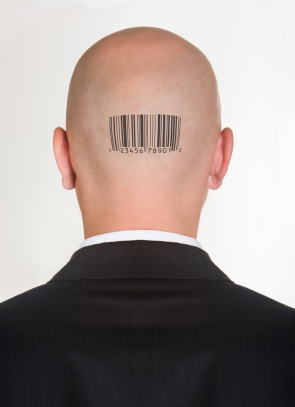by Steve Johnson, Under 10 Consulting
 In my consulting and coaching work, I’m often asked to clarify what I mean when I use the word “product.” Do I mean software, services, solutions, something else?
In my consulting and coaching work, I’m often asked to clarify what I mean when I use the word “product.” Do I mean software, services, solutions, something else?
There are really two definitions of ‘product’: 1) a product solves a problem for a set of paying customers; and 2) if sales people are selling it, it’s a product and someone else had better define it first.
So, by either of these definitions, software, services, and solutions are all products, and should be managed like products. That means specifying exactly what the product delivers, who it serves, how much they’ll pay for it, and what requirements are necessary to achieve success in your customer base. That’s why product management should be involved in each product—whether software, professional services, customer support, or anything else that is purchased.
And some of the products we use—like Facebook, Twitter, and Instagram—are not really products. Yes, they solve problems for a set of customers, but not for a paying set of customers.
Instagram released its controversial new terms of service on December 18, 2012:
Instagram, which is owned by Facebook, released its new conditions overnight which states it has the right to use people’s photos in advertisements without the photographer’s consent and without payment.
But despite the roar from angry users, this isn’t really a new idea. Back in 2009, The Guardian reported:
When the Smiths of Missouri—an all-American family with the regulation two blond children—posed for their Christmas photo, little did they know they would end up on a billboard thousands of miles away in the Czech Republic.
People are finally starting to realize this: if you’re not paying for it, you are the product.
From USA Today:
The best way I’ve ever heard Facebook’s business model described is simple: “If you’re not paying for it, you’re not the customer; you’re the product being sold.” What makes Facebook so valuable is that you, your friends, and everyone else who uses the site are sitting ducks for marketers out to exploit your information to sell you things.
A similar discussion took place on LifeHacker and in the comments thread yagameister quoted the great Robert A. Heinlein:
TANSTAAFL.
(You’d think this term would be familiar to the readers of a blog called “LifeHacker” but apparently not. And then, in typical internet fashion, the thread goes off the topic into crazy-ville with a big argument about use of the word “ain’t.”)
My Econ 101 professor shared this term with us… and put it on the final exam. TANSTAAFL stands for “There ain’t no such thing as a free lunch.” It’s a central theme in Heinlein’s “The Moon is a Harsh Mistress.”
Vendors have to get paid for their work, just like you do. When you’re using a “free” product, how is the vendor going to get paid? By selling your information to others in some form.
Tweet this: When the product is YOU: Instagram, Facebook TOS http://wp.me/pXBON-3FH #prodmgmt #socmed
About the author
 Steve Johnson is a widely recognized speaker and story teller within the technology product management community. As founder of Under 10 Consulting, he helps product teams implement strategic product management in an agile world. Sign up for his newsletter and weekly inspirations.
Steve Johnson is a widely recognized speaker and story teller within the technology product management community. As founder of Under 10 Consulting, he helps product teams implement strategic product management in an agile world. Sign up for his newsletter and weekly inspirations.